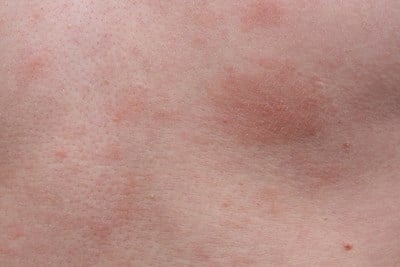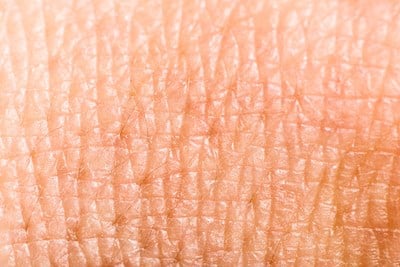Dermatitis, a condition whose term is often interchangeable with “eczema,” has a variety of different types. Each type has a different underlying cause, which means different treatments are required. Three of the most common types are contact, atopic, and seborrheic dermatitis. Here is a look at treatments for these three conditions.
Contact Dermatitis
Contact dermatitis is a rash that develops in response to a substance’s contact with the skin. Allergic contact dermatitis develops because of a sensitivity in the immune system; irritant contact dermatitis is a response to the chemical makeup of the substance itself (like bleach) or because of too much contact with something generally harmless (like excessive hand washing).
The best treatment for allergic contact dermatitis is staying away from the allergen in the first place. However, it can be difficult to know you’re allergic to something if you’ve never been in contact with it or if you’ve only been in contact with it once (it can take multiple or extended contact for the immune system to recognize the sensitivity).
At home treatments are often effective with mild allergies. For either type of contact dermatitis, avoid scratching the affected area and apply a cool compress. Calamine lotion or at least 1% hydrocortisone cream and taking an over the counter antihistamine (like Benadryl) can manage symptoms for some. An oatmeal or baking soda bath may be soothing for large rashes. If these methods don’t work, your doctor may recommend an oral corticosteroid or steroid cream, skin repairing medications like tacrolimus, and prescription strength antihistamines. Antibiotics may be necessary if the rash gets infected.
Atopic Dermatitis
Atopic dermatitis is an extreme form of eczema, generally chronic, and present from infancy. Although the exact cause isn’t established, an over reaction of the immune system is suspected. Generally, the rash will flare up for a while and then periodically die back down. There is no cure for atopic dermatitis, but keeping your skin hydrated and avoiding known triggers can help keep it under control.
To manage symptoms when the rash is present, creams or oral medication for itching and skin repair can be helpful. Any suspected infection will require antibiotics, particularly since those with atopic dermatitis are especially susceptible to skin infections. Steroids may be necessary for inflammation in severe cases.
Seborrheic Dermatitis
Seborrheic dermatitis is generally present on the scalp, but also appears on other oily body parts—particularly the upper back and face. Again, the exact cause is still under scrutiny but an abundance of microscopic fungi in the yeast family seem to play a large part. Redness, oily skin, and inflammation are all a part of seborrheic dermatitis, but the key characteristic is the yellowish or white flakes of skin resembling dandruff that appear.
Scratching will make your rash worse, so, no matter how itchy the area may be, keeping your hands off is key to managing dermatitis. Prescription strength, steroid-based creams and shampoos can help manage the itchiness and swelling, though extended use may produce unwanted side effects. An antifungal shampoo, like ketoconazole, combined with clobetasol shampoo is often an effective means of control. Antibacterial creams may be necessary. An oral antifungal or prescription for the immune system may be necessary for more extreme cases.


